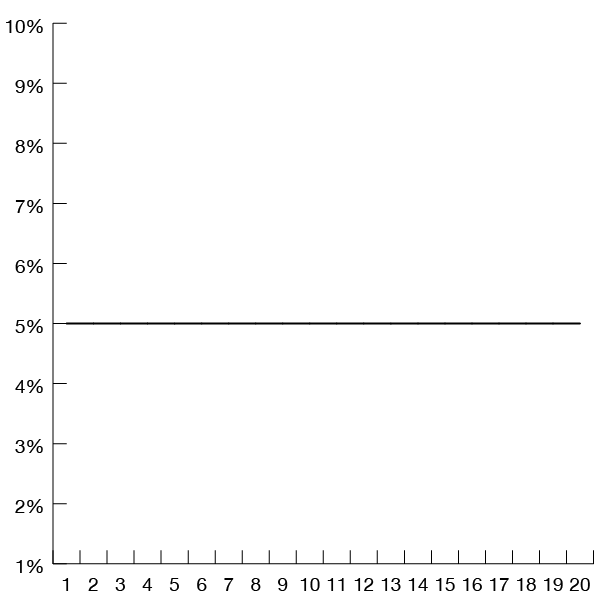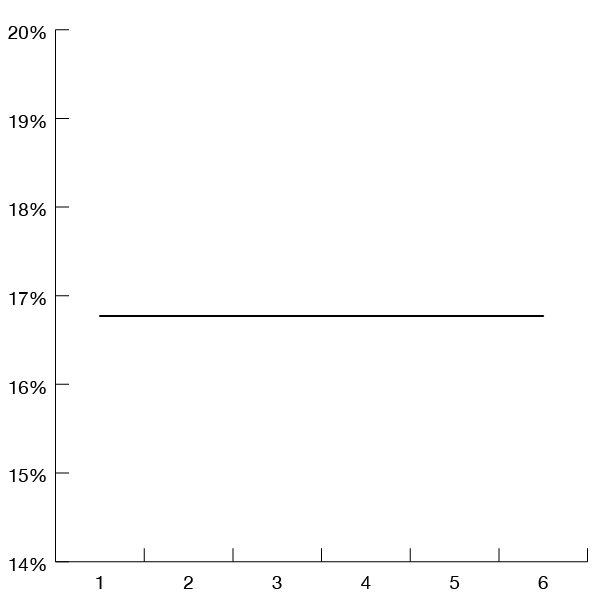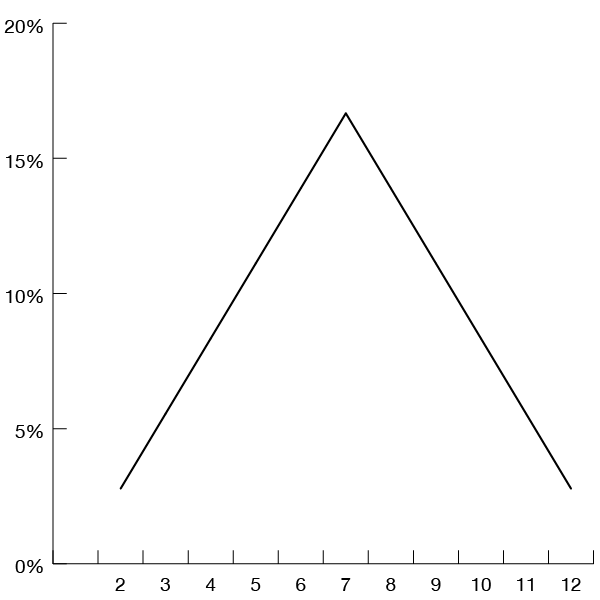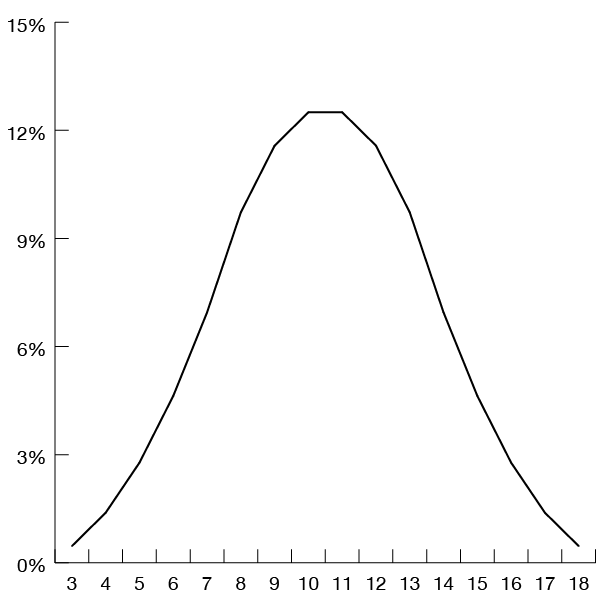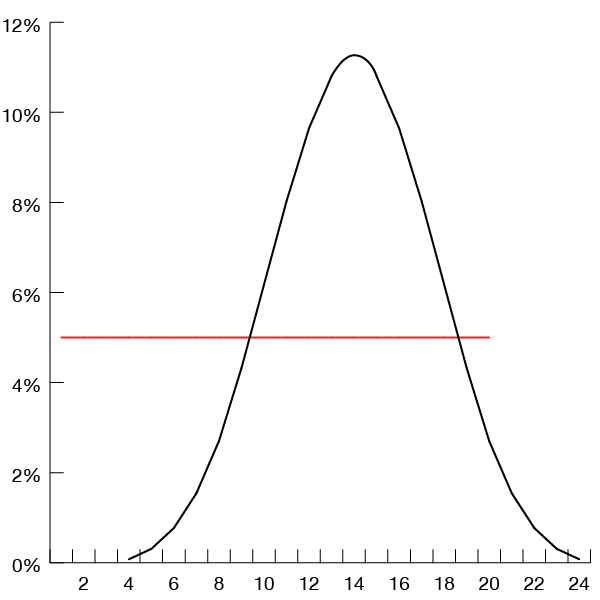Once upon a time, the d20 was the king of dice. It was the biggest, baddest and most handsome, but those days (my childhood, aka the nineties) are long gone and things have changed. Boy bands no longer rule the earth, Dungeons and Dragons is no longer the most popular role-playing game and the hottest thing it’s successor (Pathfinder) has come out with in years is a card game that doesn’t even use the iconic dice. Other role-playing games on the rise are steering clear of the iconic dice, with Savage Worlds using dice sizes tied to skills and abilities, and the Fudge/Fate system using custom d6 with +/-. It’s a new year and I’m calling it. The king is dead. So, let’s have an autopsy!
Quick note: throughout this article I use terms like d6, d20 and 3d6. The d is standard annotation for the number of sides of a dice and any number preceding the d is how many times you’re instructed to roll that dice. A d20 is a twenty-sided polyhderal die and a 3d6 system is a dice system where you roll three 6-sided dice.
I want you to pretend for a second that a d20 isn’t a dice, it’s just a coin, with the numbers 1-10 on one side and the number 11-20 on the other. If you’re playing a game where you need to roll 11 or more to succeed at a task than this isn’t very far from the truth, but things will actually be a little more complicated than that, you’ll have target numbers, skill modifiers, buff and debuffs that all will affect the result. So, let’s say you’re a guy with a +1 sword and no other special skills or abilities, and you’re trying to hit a goblin with a defense of 11. It’s a pretty weak goblin, so if you hit it, you’re going to kill it, whether or not you’re hitting it with your sword or your fist. Without the sword, you’ve got an even chance and you might as well just flip the coin, but with the sword and the d20 things get a lot more complicated. Well, 5% more complicated. With a d20 roll, a +1 bonus amounts to that, 1 in 20 or 5%. It means you’ve got a 55% chance of hitting the goblin, or 5% of the time it matters whether you’re rolling a d20 or flipping a coin..
Now things do get more complicated, but if the game is well-balanced, your fancy magical sword and your buffs will most of the time bring you up to point that’s more or less equal with your imagined foe. A d20 gives the designer the ability to tweak the balance and the chance to hit by 5% increments, but it does mean two-figure math. Now, I’m not saying that math is inherently evil but it’s one of the less fun aspects of board gaming (for some, if not most players).
Okay, well, let’s get away from numbers and a second and have a look at some sexy graphs. First of all, let’s look at the distribution of numbers on a d20. This shows you how often the roll of that particular number is number important.
Okay, so that happened. How about a d6?
Well, the graph looks mostly the same, but the probability is different. That magic sword matters 17% of the time now, so it’s much more worthwhile to pick up, but not very different from a +3 magic sword with the d20 (which would give 15%). Let’s try something different. The next graph is what happens when you roll 2d6 and add the results.
There we go, a peak! Now, if we go back to our goblin friend, we’re going to adjust the numbers and say we need an 8 or more to hit. Now, the sword matters whenever we roll a 7 so we’re still on 17% of the but there’s an actual difference between the chance of the different results. That hump in the middle is a nice big cluster of probabilities. If we start caring about the dramatic tension of just hitting or just missing and include the probability of hitting or miss by just 1, then we’re going to have a dramatic moment 45% of the time, as opposed to 15% with a d20, and we have a big enough spread to make the numbers matter. Okay, so let’s take things another step.
With 3d6, now we have curves, and the beginning of a lovely hump.
And with 4d6 the hump becomes more pronounced, and the more dice we use, the bigger that bump, it stops being a gentle slope and starts being a hellish climb. That extra red line is the d20 distribution added back in. Now, obviously, curves are sexy and curved graphs doubly so, but let’s take another look at our old friend the d20, drowning in a bucket of dice… actually he’s just drowning in the middle, that big cluster of just hits and near misses. He’s doing pretty well on the ends.
So, let’s look at the ends. Remember when I talked about the dude with the sword attacking that goblin, and said that the die result only mattered 5% of the time, well I left out a couple of things. In most d20 systems something special happens when you get the minimum or maximum result, a 1 or a 20. An automatic failure on a 1 and an automatic and outstanding success on a 20, generally with special benefits like bonus damage and theme music. 5% may not sound like good odds but it is if you factor in a night full of dozens of dice rolls. You’ll go through a night of hits and misses and then once, every now and then, a 20 will come up and that 20 is special; it creates a narrative exclamation mark.
But back to that bucket of d6. Unlike the d20, the possibility of the getting the complete maximum or minimum result rolling this many dice is infinitesimal, and that chance gets smaller and smaller the more dice you roll. The result actually becomes more predictable with more dice, and the hump gets more and more pronounced. If we had the patience to roll a 100d6 and count the results multiple times, we’d find that 99.69% of the time results would add up to be between 300 and 400. That small but reasonable chance of the outlying result occurring turns into a virtual impossibility, and our narrative exclamation mark turns into a firm, reliable full-stop.
There are other ways to get that exclamation mark though. One of the rising powers in the RPG world, FATE and/or FUDGE, uses a multiple d6 system, but with a twist. Each dice has 2 blank faces, 2 faces with a plus and 2 faces with a minus (so it’s more of a d3 really), and what this means, apart from less math, is the best of both systems. Most of the time, the dice will even out or give a slight bonus or penalty, but every now and then you’ll get all pluses or all minuses and something fantastic will happen (about 4% with 3 dice and 2% with 4 dice). What FUDGE dice do is recreate the dramatic emphasis of a d20, but with more predictable outcomes in the middle.
The Dragon Age RPG, based on the popular video game and featured on Tabletop, is another d6 system, and it gets it’s narrative emphasis whenever players roll doubles, allowing them to do a cool stunt. There’s a 16% of rolling doubles with 2d6, but once you take into account that you’ll generally need to roll above a 6 to hit, it comes down to around 8%, with bigger doubles resulting in bigger stunts. We can think of this as using multiple exclamation points, raising the bar and making the single ! a little less exciting.
Both these examples show a d6 system trying to emulate what naturally happens with the roll of a d20. The engineers of FATE, Dragon Age and many others look back to the d20 when creating new dice systems, they often keep the math smaller or move it away from it all together, favouring symbols and language instead, but the d20 such a significant space in random combat resolution that it’s virtually impossible to design a new system without using it as reference. New systems are designed in the space that the d20 created.
I said at the beginning of the article that the d20 was dead, and I meant it. It has been dethroned by simpler more intuitive systems, but it is neither gone nor forgotten. We live in a post-d20 world and we will always look back to what has come before, and what may return again. After all boy bands have returned and 5th edition is on it’s way.
Post-script: if you’ve made it to the bottom of this article, you’ve done very well and deserve some experience points, or at least some kind of reward. What I didn’t get around to mentioning in the article was the physicality of polyhedral dice. As tabletop gamers, we’re very much focussed on the physical elements that allow us to create fictional worlds, and one of the key difference between a d20 and a d6 is that it actually rolls. The other difference is that a d6 makes me thinks of Monopoly, it’s the dice equivalent of driving a Volvo, safe but not very. So, if you’re into a d6 system and still want something that rolls and looks like a gamer dice, there’s still a couple of days left on the Doublesix Dice Kickstarter, which is essentially a d6 in d12 clothing. There is also a Merged d6 Kickstarter going on, which takes care of some of the math for you in multiple d6 systems, but my money’s going to the Doublesix dice, it’s much nicer though, and first to market.
